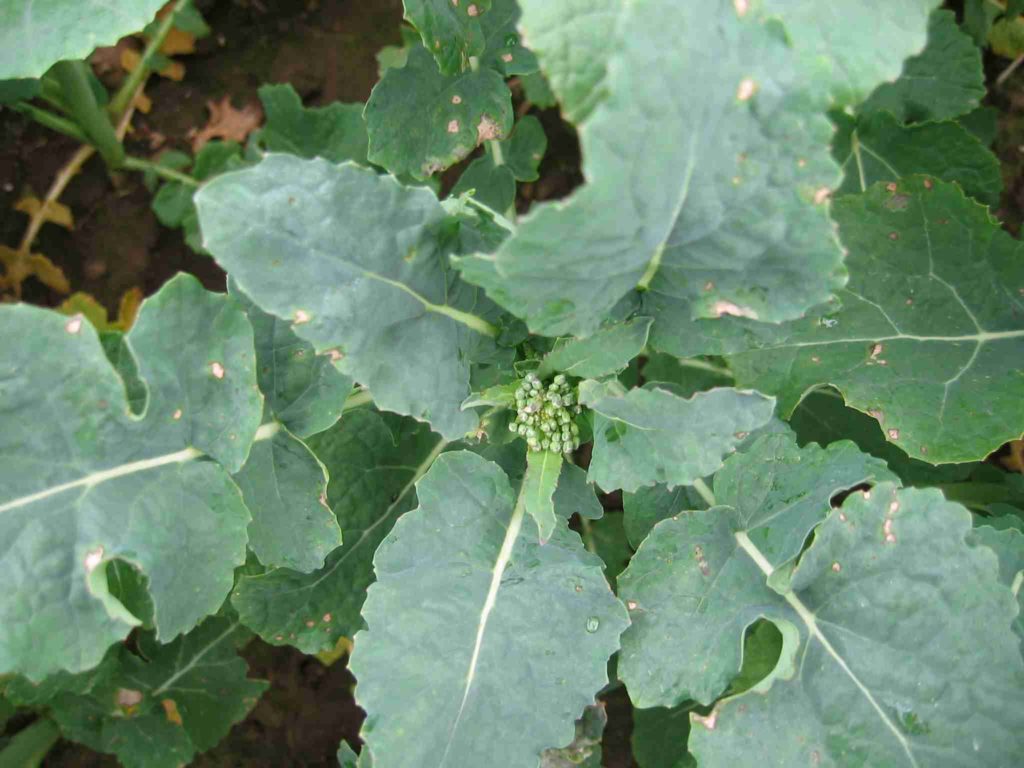Winter Oilseed Rape: Disease risk – May 2020
13 May 2020Sclerotinia risk is low as spores have yet to be detected, plus humidity and temperature criteria risks are still low – they have only exceeded the 21 hour threshold in Orkney, Shetland and Wick so far this season, and only briefly even there.
If warmer temperatures and higher humidity coincide with flowering that will increase the risk, which will be further increased if flowering is prolonged and/or if weather is wet over that period. The dry conditions to date have not been conducive to disease. Standard mid flowering sprays to manage sclerotinia risk include Filan, Amistar and Proline. Rates should be 50% or above to get adequate persistence and watch for maximum applications if you have used Proline previously on the crop. Ideally, alternating away from azoles at the flowering spray would be good as it will reduce selection pressure for less sensitive isolates of light leaf spot.
In addition to your own on-farm assessment, you can check sclerotinia infection risk on the AHDB link.
Sign up to the FAS newsletter
Receive updates on news, events and publications from Scotland’s Farm Advisory Service

